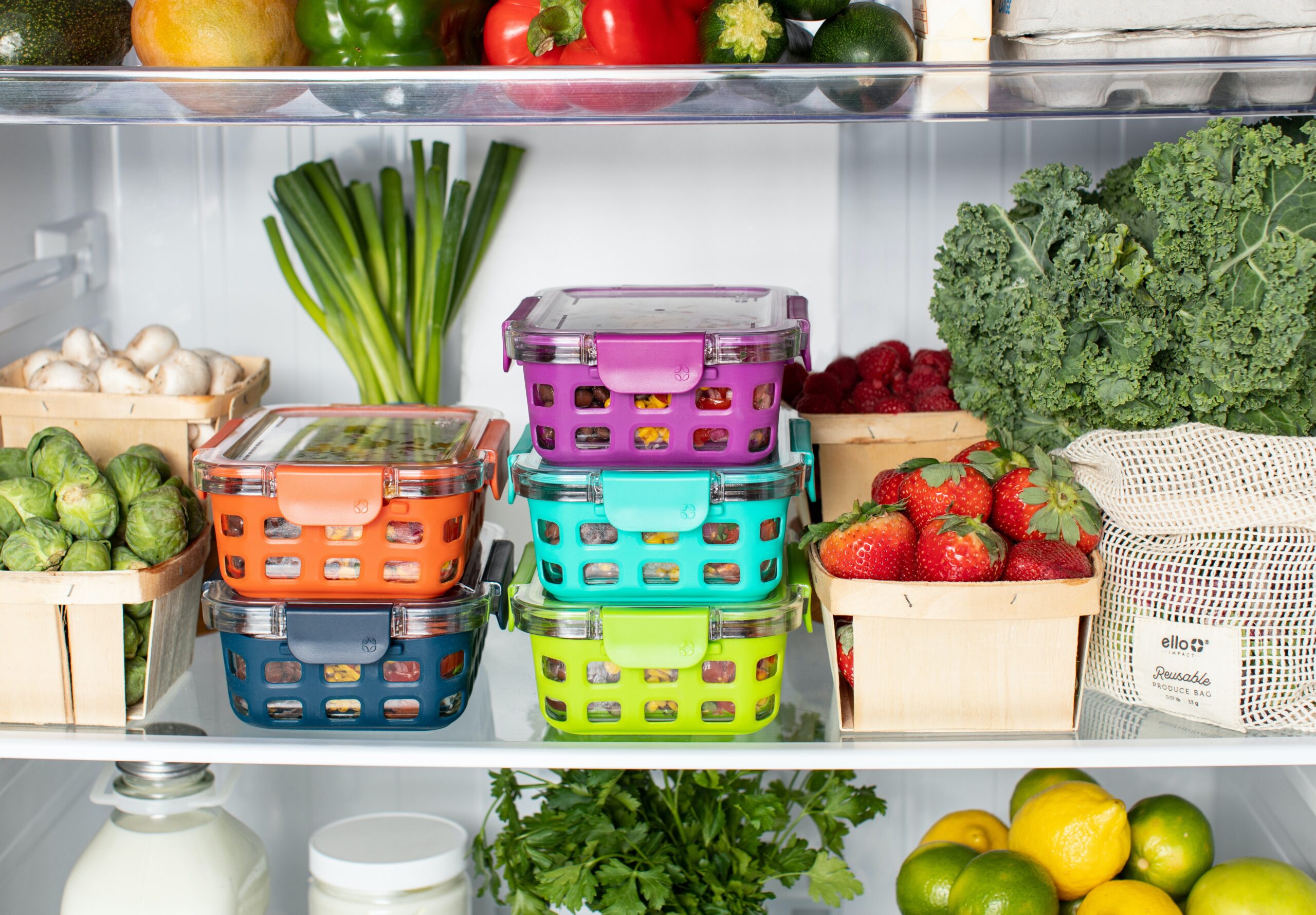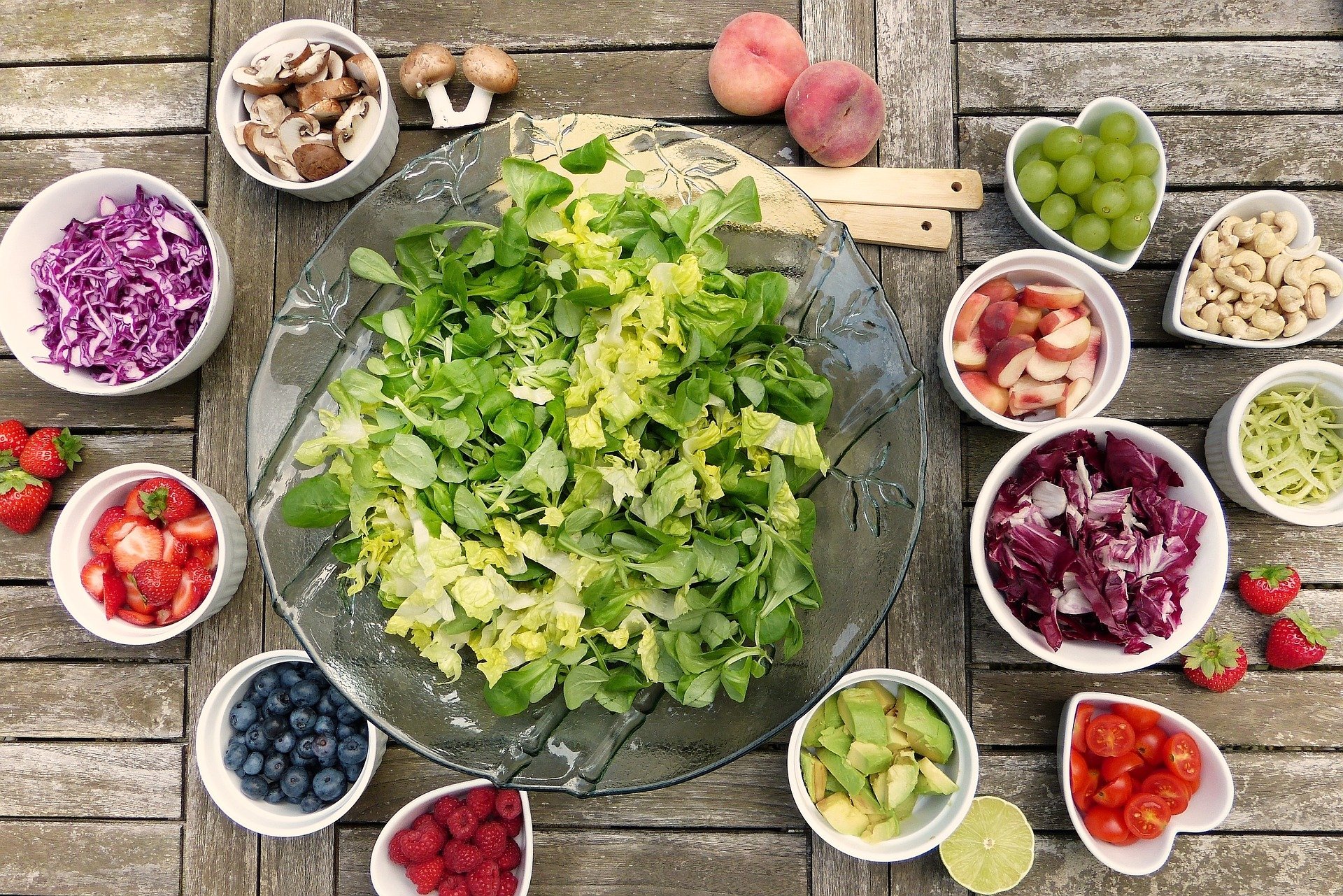
Veganuary is a non-profit organisation that encourages people to follow a vegan lifestyle for the duration of January. The campaign has seen vast growth since its first event in 2014 with over half a million people pledging to take part this year, doubling the number of people who took part in 2019.
Key reasons for going plant-based include reducing animal suffering, improving health, or lessening environmental damage caused by the meat and dairy industries. Research from scientists shows that avoiding meat and dairy is the single biggest way to reduce your impact on the earth – for the agriculture sector alone, farmed animals constitute nearly 80% of all emissions.
As well as putting strain on our bank accounts, buying food only for it to go in the bin has catastrophic effects on the environment. Shifting to a plant-based diet is a huge step towards taking responsibility for your own impact on the world you inhabit, and your relationship with the other living beings that you share the world with. However, there are further ways you can increase your environmental efforts, far beyond Veganuary. Ashley Munden, Managing Director InSinkErator EMEA highlights the small tweaks that can make your routine more environmentally friendly and can double your efforts if you’re considering or contributing to the Veganuary effort this year.
Can doing Veganuary help preserve the environment?
A change in diet is a simple way to make a big difference. Other actions such as reducing car travel can make a difference – but are much more difficult to implement and often unrealistic. However, doing Veganuary can be both affordable and accessible with a small bit of research and self-motivation.
Cutting down meat consumption for a month, or even just one day a week, can have an enormous impact – if every family in the UK removed the meat from just one meal a week, it would have the same environmental impact as taking 16 million cars off the road.
How can we make our efforts more environmentally friendly?
Even from the confines of our home, there are so many ways to make more environmentally friendly decisions and lifestyle choices. Rethinking your cooking routine to involve more batch cooking can help reduce food waste, and even something as simple as cutting out cling film, which is one of the most commonly used contributors to plastic waste in the UK, can reduce your negative impact on the environment.
More effort can also be made when it comes to how we shop – the fact that 3 out of 5 fast fashion items end up in a landfill doesn’t have to mean you abandon online shopping altogether. Your online shopping escapades can be made more sustainable by supporting small, local businesses, or by buying upcycled, refurbished and vintage items.
Top 5 most common meals to throw away and how we can make them more environmentally friendly
Throwing away a small amount of food each day may not seem like a lot at the time, but when it is added all together the amount is staggering. Swapping meat meals for plant-based versions doesn’t have to mean compromising on tastiness, and along with controlling food waste it’s a simple way to be more environmentally friendly.
- Roast dinner – the traditional meat-based roast dinner can be replaced with a number of plant-based alternatives. Gone are the days of having to resort to a nut roast if they don’t take your fancy, as all the key supermarkets are offering a range of fuss-free meat replacement products that just need to be heated up in the oven such as meat-free chicken style joints made from soya or steak alternatives made from seitan.
- Chinese takeaway – Dealing with food waste is one of the most unhygienic and disliked jobs in the kitchen, and chinese takeaway is no exception, but there are ways to reduce the burden of this task. Instead of throwing your leftover takeaway straight into the bin where the smell may start spreading through your kitchen, other options present a more sustainable and pleasant route. These include revitalising the leftovers the next day by frying them up and adding some extra vegetables, using a food waste disposer which hygienically deals with the waste and prevents it from ending up on landfill, or even making a note of how much leftovers you had, so you know how much to order next time.
- Pasta bake – By swapping out cheese for vegan alternatives that are available at most supermarkets, there’s no need to completely overhaul your go-to pasta bake recipe. Cheese alternatives such as the ‘Free From’ range at most supermarkets are often fortified with B12, a nutrient usually found in meat and dairy products, so using them helps ensure that you are still getting the nutrients you need whilst eating plant-based.
- Curry and rice – There are so many delicious vegan curries that use coconut milk and swap out meat for other affordable protein sources such as tofu or chickpeas. A driving factor that contributes to food waste is children with fussy appetites who leave parts of their meal – a benefit of cooking a homemade curry is that you can control the flavours that go in, including minimising the amount of chilli to keep children happy.
- Fish and chips – Another key reason for food waste is simply making or ordering too much food. When treating yourself to takeaway fish and chips, try to be realistic about how much food you need in order to minimise potential leftovers that may go to waste. Fish and chips is a tricky one to replace directly as a vegan, but you could buy alternative fish options in the frozen aisles, and combine that with a side of chips from your local chip shop. Don’t forget to add some mushy peas to boost the nutrient value of the meal.
Claudine Thornhill, Naturopathic Nutritional Therapist and Health Coach, says:
“Like any way of eating, vegan diets can be balanced and include a wide range of nutrients to support optimal health and wellbeing. Conversely and with the rise in vegan convenience foods, they can also be imbalanced and lacking vital nutrients. One key to being well nourished on a vegan diet is making informed food choices and forward planning. Ask yourself what you want to eat and how you can make it balanced across the food groups.
Ensure that you are eating a range of fruits and vegetables that are rich in key vitamins, minerals and nutrients to help with energy, focus, digestion, balanced moods and much more. When it comes to protein, including a range of foods like beans and pulses that contain amino acids – the building blocks of protein – will help to ensure we are getting enough. Tofu, tempeh and protein powders are also great sources. Finally, someone on a vegan diet should consider having their B12 levels tested and should supplement or eat fortified foods if necessary. If people are making informed decisions about what they eat and planning balanced meals to include all food groups and a range of vitamins and minerals, vegan diets can be highly nutritious.”
Food hacks that will make your ingredients last longer
Falling into the trap of throwing away tired-looking fruits and vegetables is a common occurrence in most households, however, with a few tips this can be avoided. For example, storing your onions in a cool, dark place optimises their shelf life. With any excess vegetables you find, chop them up and blanch them in boiling water before placing them in a bag and freezing them. This gives you a homemade vegetable pack that you can reheat for stir fries, curries or as a side.
Green leaves such as salad, spinach and kale last longer if taken out of the plastic bag, and stored in a tupperware box, lined with kitchen roll and sealed. The box protects the delicate leaves whilst the kitchen roll absorbs excess moisture. Also, to help berries last longer and prevent moulding, rinse them with one part vinegar to ten parts water prior to storing.
Many plant-based sources of protein are extremely affordable and can be bought in tins, such as chickpeas, beans and lentils. These have an extremely long shelf life ranging from around 3 to 5 years, compared to refrigerated meat which must typically be consumed within 5 days.
Can children join in Veganuary?
Children who have a vegan diet are certainly able to obtain all the key nutrients essential for optimal health, including protein, iron, calcium, vitamin D and B12.
A national survey conducted by InSinkErator asked 2,000 parents about food waste, and revealed that 45% of parents said their children are fussy eaters – stressing the importance of making vegan meals appealing, tasty and interesting for children.
With an ever-expanding market of vegan products and a plethora of resources online, almost any traditional family meal can be replaced with a plant-based version.
Nutrition consultant and member of the Royal College of Paediatrics and Child Health Dr Harriet Holme says:
“Vegan diets for children are getting increasingly popular, and meeting your micronutrient needs on a vegan diet is perfectly possible, it just requires a bit more planning. It is important to bear in mind that they are high in fibre and low in fat, meaning that it is possible to feel full up before getting the energy needed. I recommend trying lots of dips like hummus, tahini, and guacamole with added olive or avocado oil, as well as nut butters, which all help with energy levels. There are so many delicious dairy free milks and yoghurts now too, and even some plant based cheeses that taste OK. ”
Additionally, by educating our children about the benefits that taking part in Veganuary and reducing food waste can have on our own health as well as the planet, they are more likely to be motivated to get involved.



